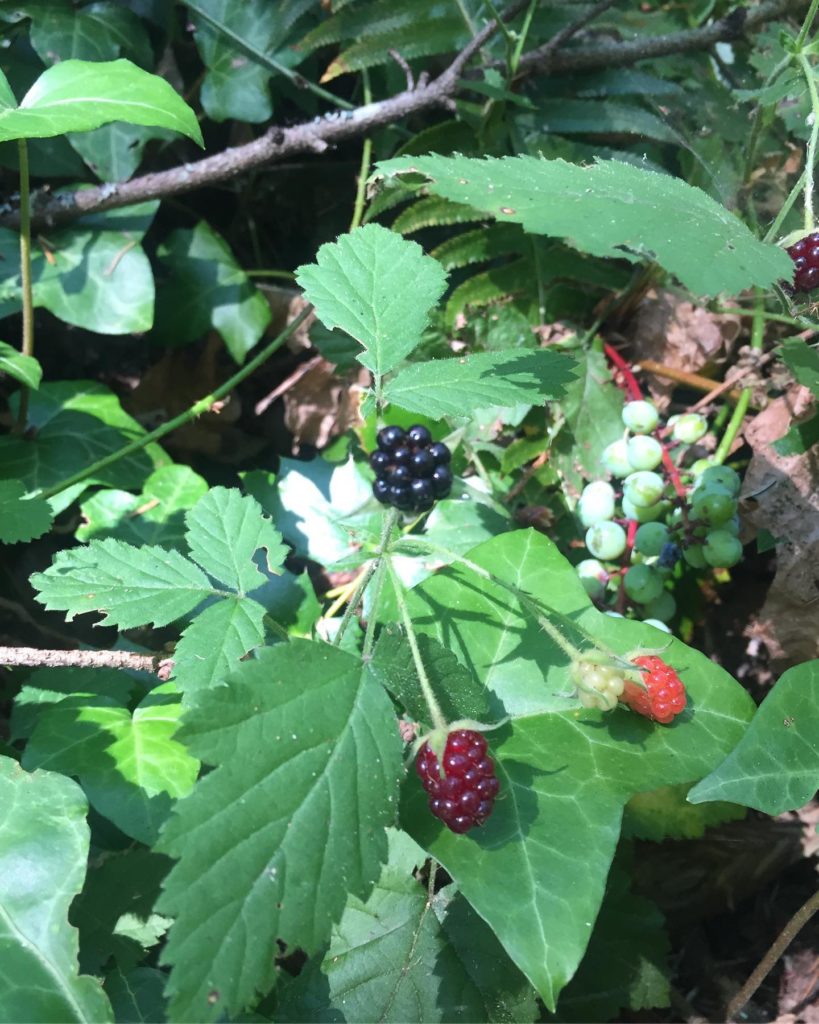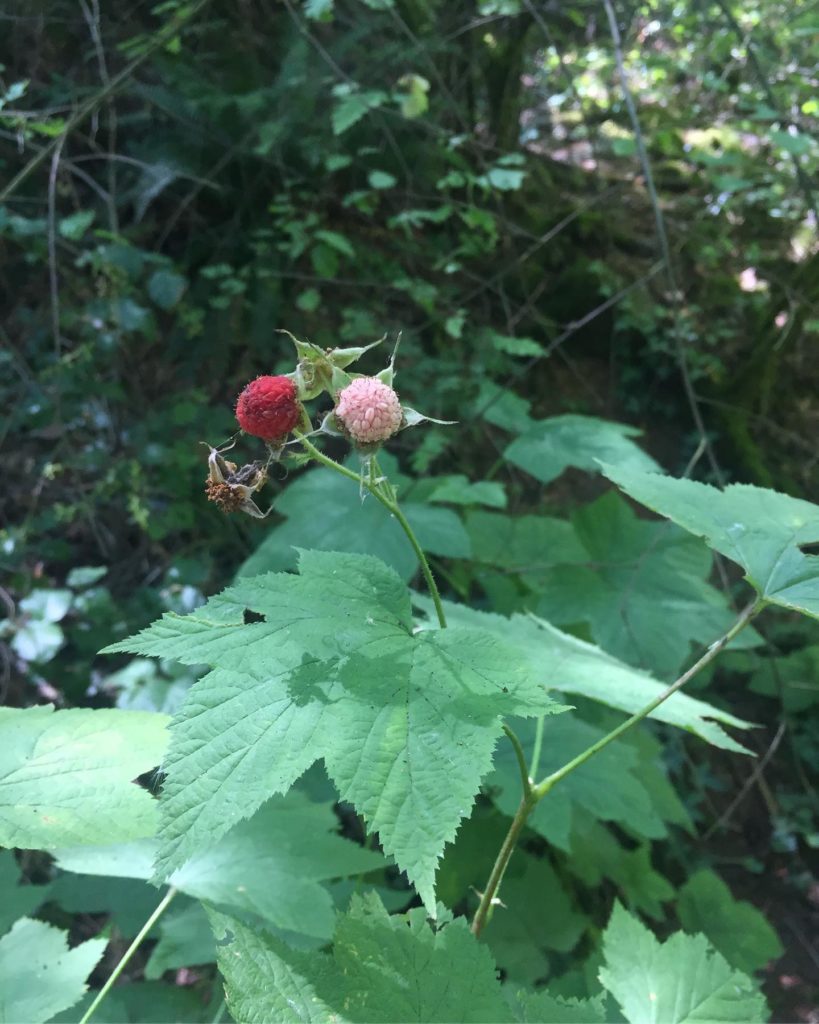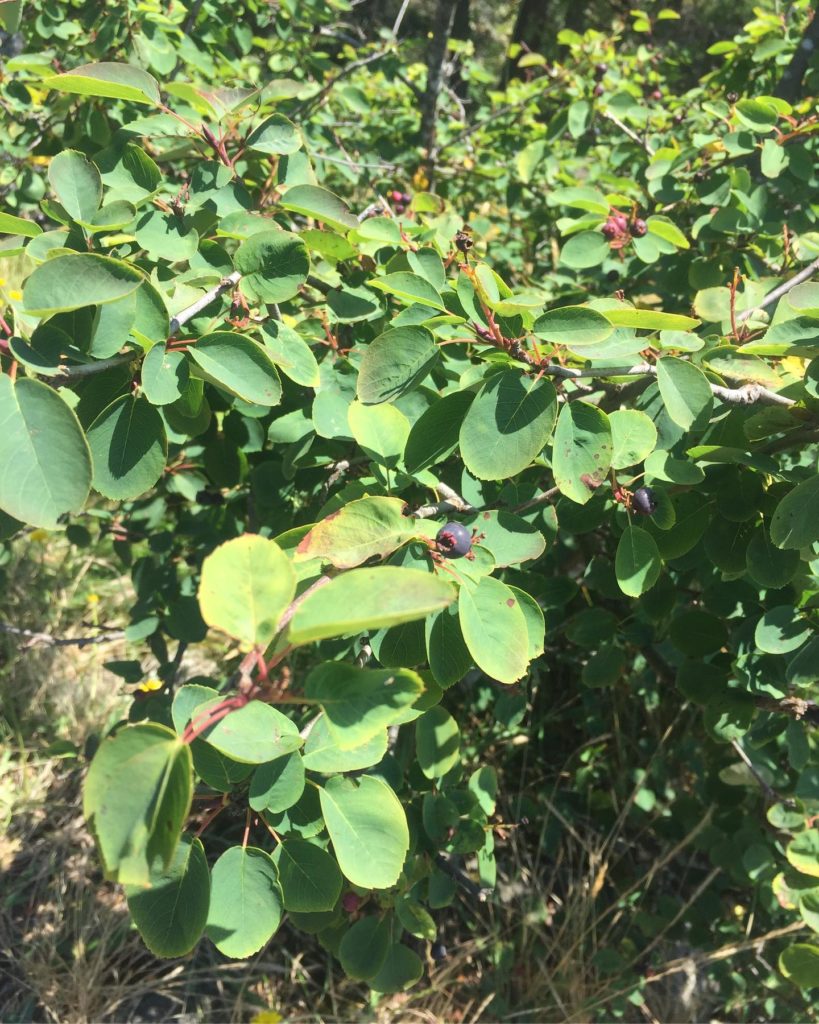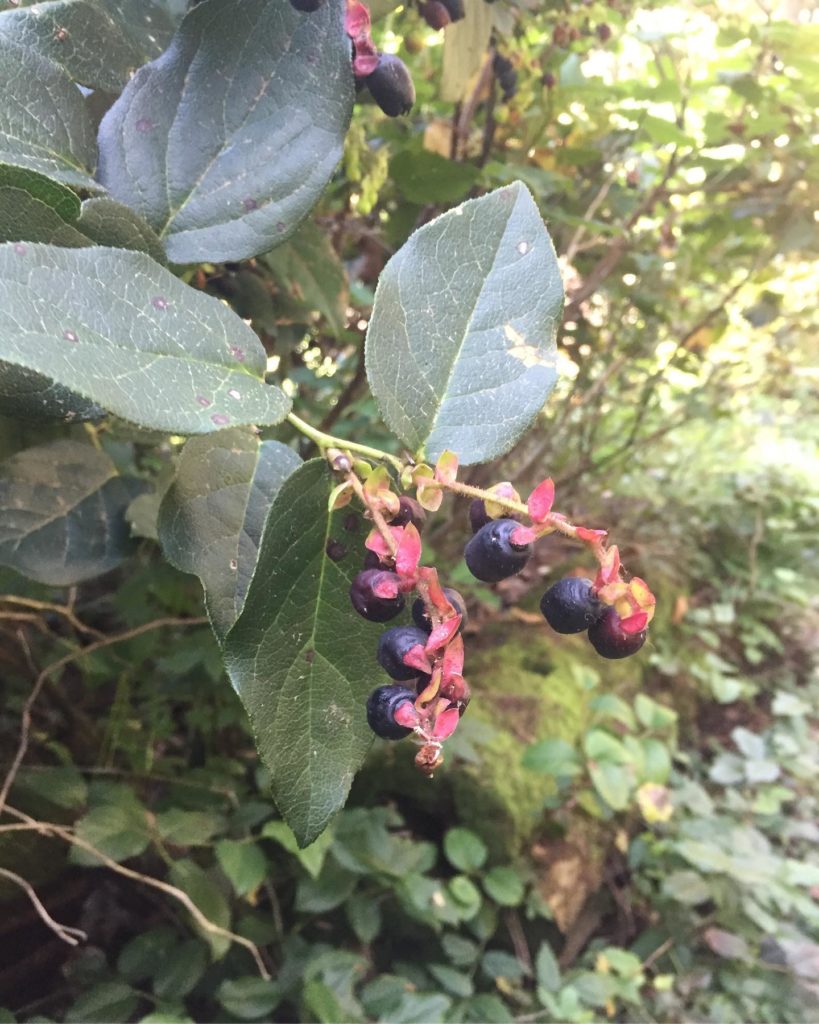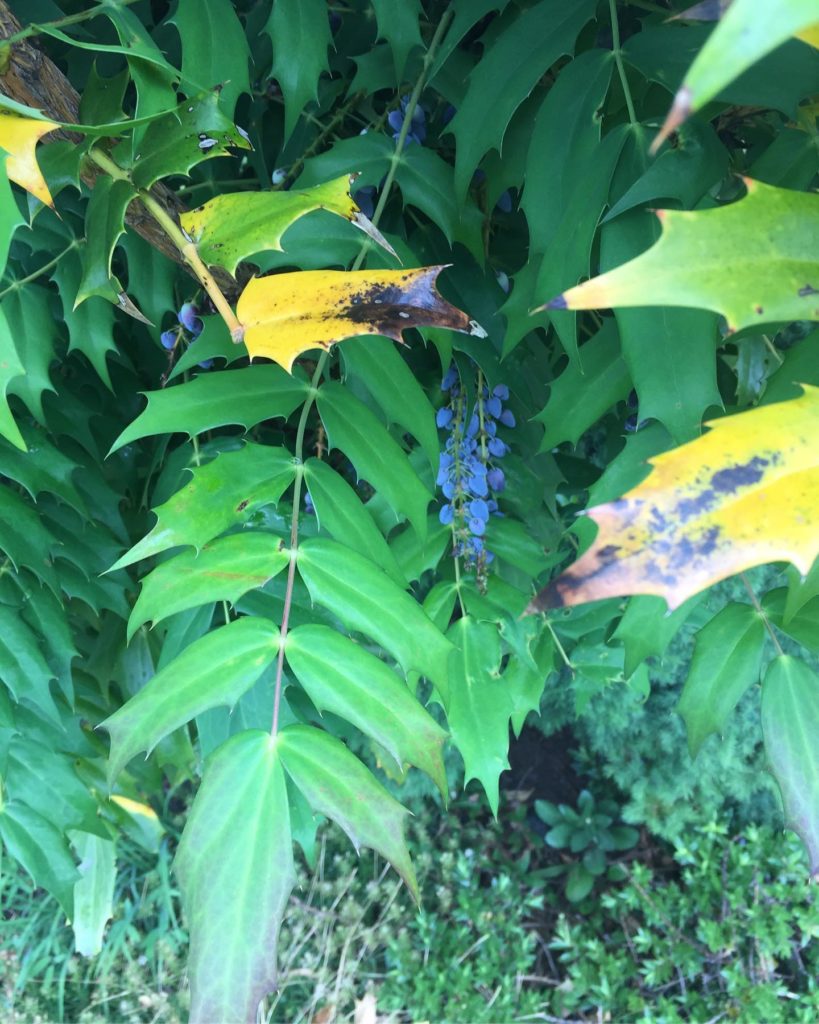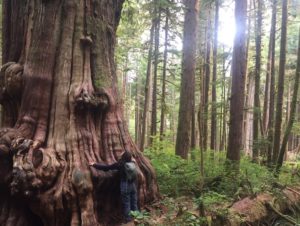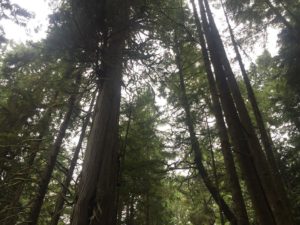I love berry season. We are in the midst of it now – the time of year when the summer has fully arrived and seems to stretch endlessly ahead, when the air is heavy and sweet with the smell of ripe fruit, and walks are almost always rewarded with some kind of sweet foraged treat. Turns out it’s not just us that appreciate berries – a few years ago while hiking the Juan de Fuca Trail, the trail was littered with bright purple bear scat, pigment courtesy of the salal berries the bears were feasting on. The wildlife (as per usual), is onto something – berries are superfoods, nutritional powerhouses packed full of antioxidants. Berry consumption has been shown to improve cognitive function in adults, prevent cardiovascular diseases and tumour growth, and support the immune system; in addition, they are also anti-carcinogenic, antidiabetic, antiviral, and anti-inflammatory. While phytochemical content is dependent on species, growing conditions, and processing method, it’s hard to go wrong with eating berries.
We are lucky in the Pacific Northwest to enjoy a bountiful diversity of berries that extends far beyond what you see in the grocery store. Here is a list of some of the berries that I have encountered:
– Salmonberry
– Serviceberry/Saskatoon berry
– Thimbleberry
– Salal berry
– Wild strawberry (flowering in pic)
– Blackcap/black raspberry (not pictured)
– Blackberry (trailing + Himalayan)
– Oregon grape
– Wild blueberry (not pictured)
– Huckleberry (red + evergreen)
Particularly before we had this fancy year-round food system, the gift of berries provided vital winter sustenance. Whether you feast on them and then hibernate for months à la bears or preserve them for later consumption is your call. Traditionally, the less juicy berries were dried into cakes. They can also be frozen, canned, dehydrated, or made into syrup, jam, or jelly. To exercise patience when harvesting is to be rewarded with sweetness. To practice gratitude and intentionality is to enter into a relationship with the plant. To take the time to preserve this gift for the darkness and frigidity of winter is another step toward food security. Don’t forget to leave some for other beings.
